Caterham Supersport Seven
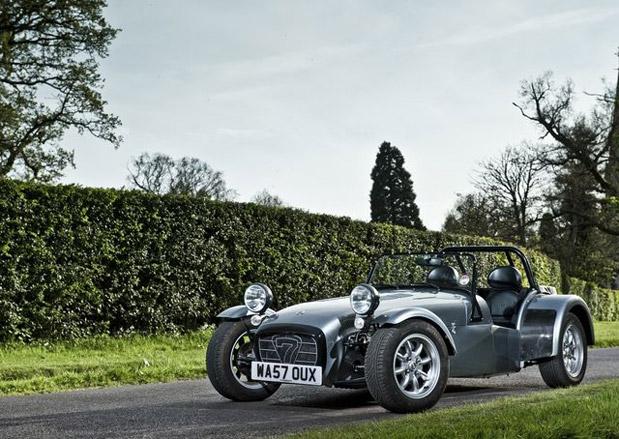
As manufacturers look to diversify rather than put all their eggs in one basket, one-product companies are fast becoming less commonplace than they once were. Even more rare, are the one-product companies with a half-century of success behind them. With car buyers increasingly being drawn to super-brands and their expansive product ranges, it is refreshing to re-visit little gems like Caterham Cars. Dedicated to producing one product - the Caterham Seven specialist lightweight sportscar - this small Surrey-based company has stayed relevant despite its basic design dating back to nearly 50 years.
Originally the brainchild of Lotus design chief Colin Chapman in the late 1960s, the Caterham Seven has steadily improved from its humble beginnings, despite remaining refreshingly simplistic when compared to its peers. Distilling the driving experience down to its purest form is no mean feat, especially on crowded modern roads, but Caterham's ability is such that it appears to have bottled the formula for four-wheeled entertainment.
Wallpaper* took to the wheel of the Caterham Supersport Seven, a road-going version of the lightweight track variant of the Seven, with additional fine-tuning and updated springs and dampers to suit today's highways. It's the first addition to the Caterham range in recent years, complete with all of the race performance essentials one would expect, including composite race seats, four-point race harness and a modest sliver of a windscreen.
Given the vehicle's extreme svelteness (it weighs in a meagre 520kg, far less than half that of a MINI Cooper S), its Motorsport-tuned 140bhp 1.6-litre Ford Sigma engine provides more than ample power. It's also important to stress that the Supersport is not an everyday car; the Seven tends to be a second, third, fourth, sometimes even a fifth choice car for its owner. Simply climbing into the cockpit and buckling up in anticipation for a spin takes both time and effort and the distinct absence of weather-proofing, luggage space and other creature comforts mean it's best sampled on the track.
The Supersport's low centre of gravity, outstanding handling and abundant power plant make for an unadulterated driving experience. The squat stance and windscreen free cabin enable the driver to enjoy an exposed involvement rarely found in modern day motoring. It even has a pleasingly lightweight price-tag (£22,995 factory built, £19,995 in component form if you're handy with the spanners), making the Supersport as accessible as affordably indulgent. A 0-60mph time in a fraction below 5 seconds and a top speed of 120mph are more than ample and disgrace cars costing many times the money.
From its Lotus origins, to its complete Caterham buy out in 1973 - when the company acquired the rights to the Seven - the firm turned a form of full circle earlier this year when it was bought by Team Lotus. Not to be confused with Norfolk's Lotus Cars, Team Lotus is a racing outfit eager to make the leap back into manufacturing. With the fierce-looking SP/300.R sports car concept waiting in the wings, the new owners promise to expand distribution and expose the brand to new markets. But even though the iconic Seven is just two years off its 30th birthday, it's unlikely to disappear any time soon.
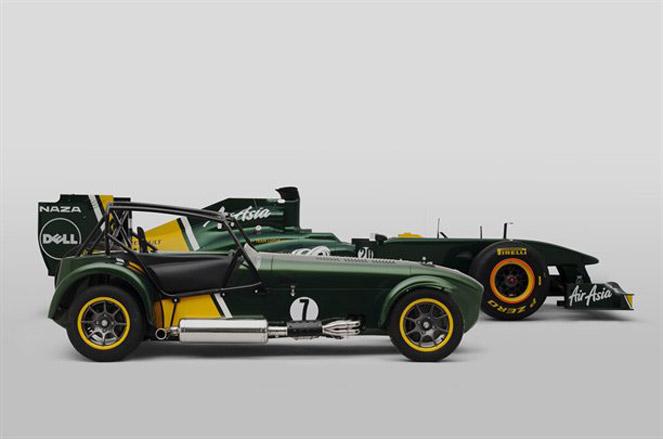
The Caterham Seven specialist lightweight sportscar has stayed relevant despite its basic design dating back to nearly 50 years

Originally the brainchild of Lotus design chief Colin Chapman in the late 1960s, the Caterham Seven has steadily improved from its humble beginnings...

... despite remaining refreshingly simplistic when compared to its peers
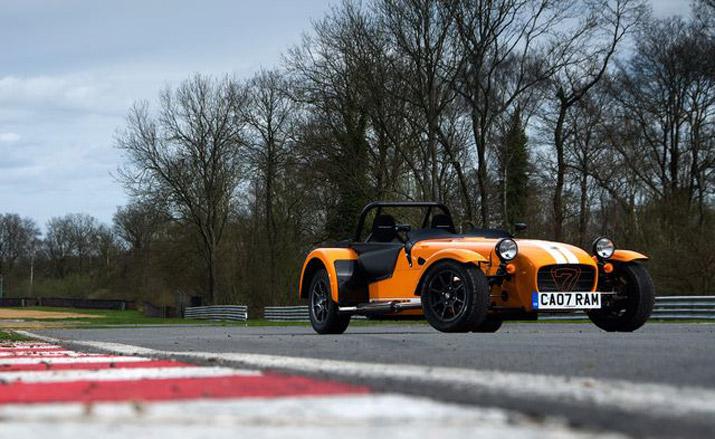
Wallpaper* took to the wheel of the Caterham Supersport Seven, a road-going version of the lightweight track variant of the Seven...
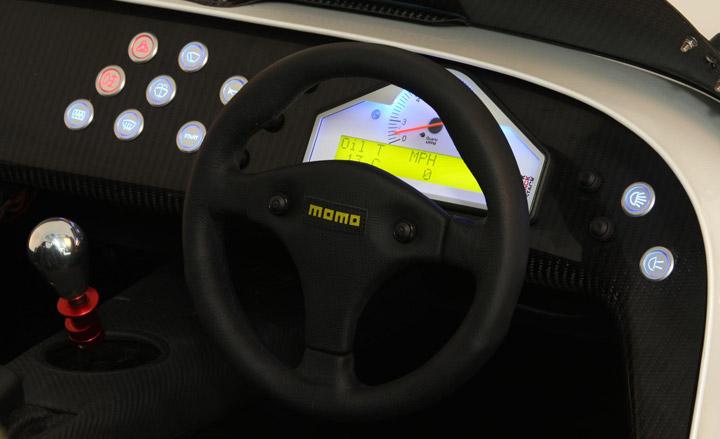
... with additional fine-tuning and updated springs and dampers to suit today's highways
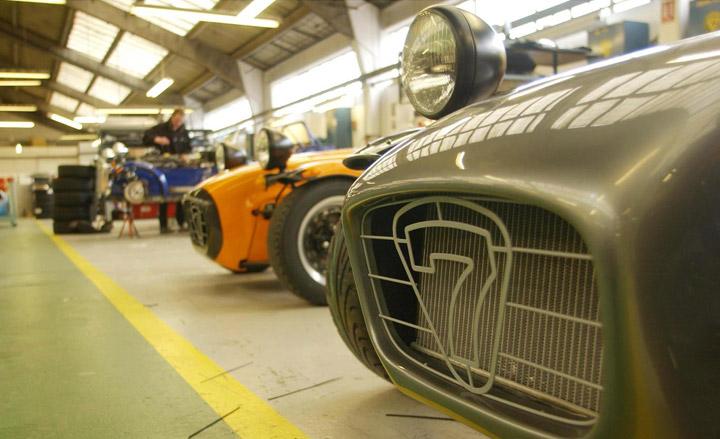
Given the extreme vehicle's extreme svelteness, its Motorsport-tuned 140bhp 1.6-litre Ford Sigma engine provides more than ample power
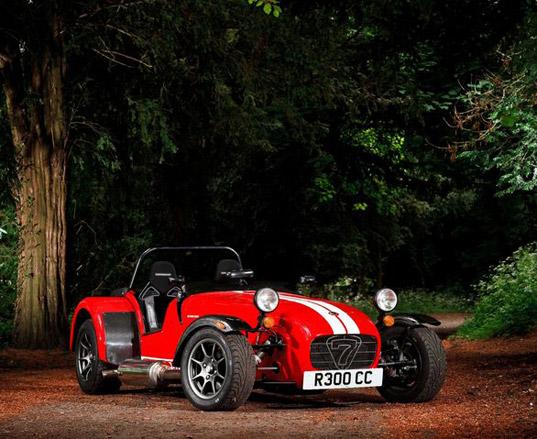
The Caterham Seven tends to be a second, third, fourth, sometimes even a fifth choice car for its owner
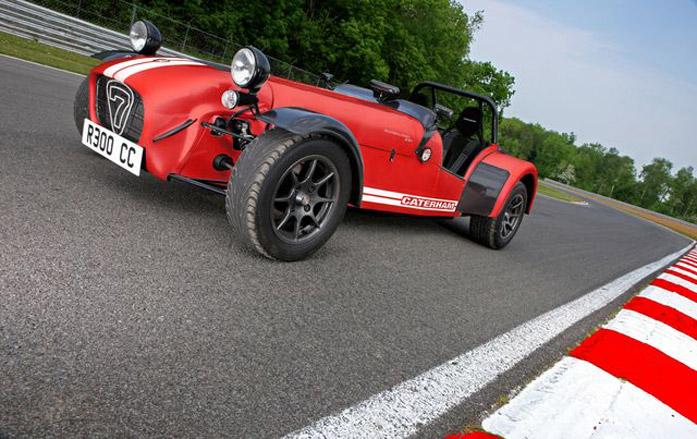
Distilling the driving experience down to its purest form is no mean feat, especially on crowded modern roads, but Caterham's ability is such that it appears to have bottled the formula for four-wheeled entertainment

Aerial view of the Caterham Seven range
Receive our daily digest of inspiration, escapism and design stories from around the world direct to your inbox.
-
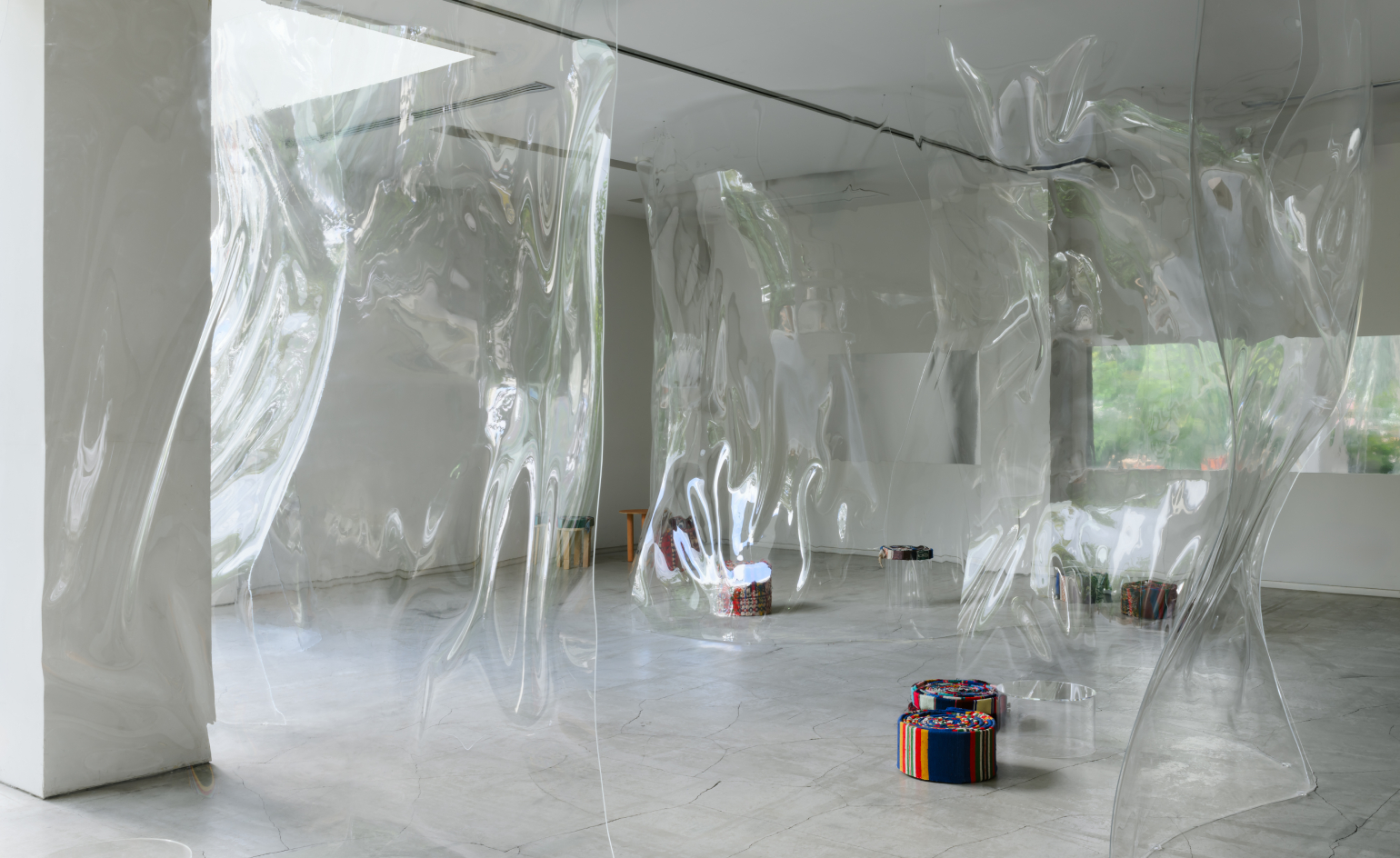 How Ichio Matsuzawa designed the almost-invisible bar defining Art Week Tokyo 2025
How Ichio Matsuzawa designed the almost-invisible bar defining Art Week Tokyo 2025During the art fair’s latest instalment, Wallpaper* met the Japanese architect to explore architecture as sensation, not structure
-
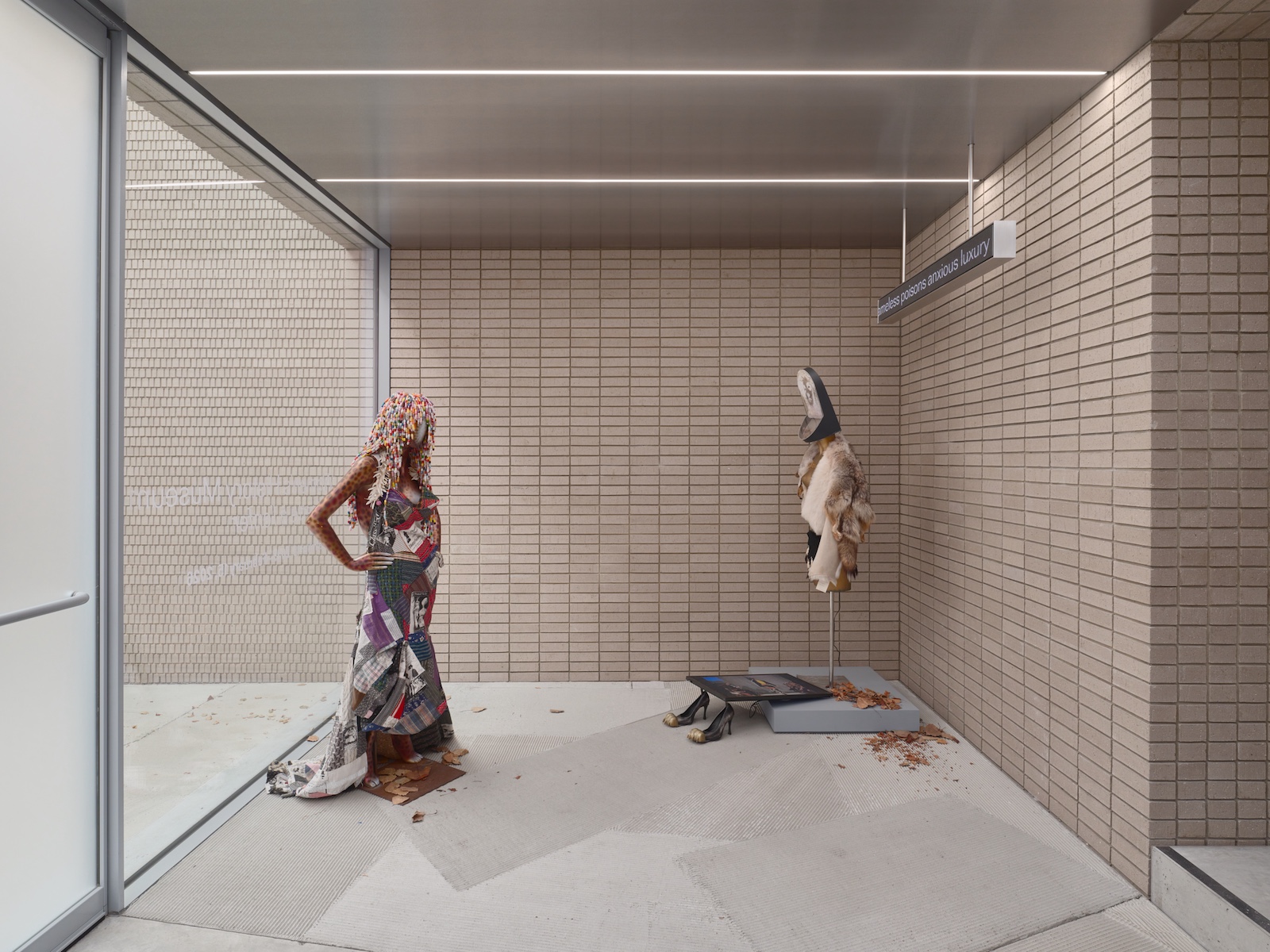 The story behind rebellious New York fashion label-cum-art collective, Women’s History Museum
The story behind rebellious New York fashion label-cum-art collective, Women’s History MuseumMattie Barringer and Amanda McGowan’s multidisciplinary label has been challenging fashion’s status quo for the past decade. As they open a new exhibition at Amant, Brooklyn, the pair sit down with Wallpaper* to discuss their provocative approach
-
 Mark+Fold Turns 10 with first Shoreditch pop-up
Mark+Fold Turns 10 with first Shoreditch pop-upBritish stationery brand Mark+Fold celebrates ten years in business with a Brick Lane pop-up featuring new products, small-batch editions and conversations with creatives
-
 Peugeot’s sparky 308 gets hybrid power and handsome lines
Peugeot’s sparky 308 gets hybrid power and handsome linesThe Peugeot 308 proves that mass-market design needn’t be dull, blending hybrid power with sharp lines and excellent detailing
-
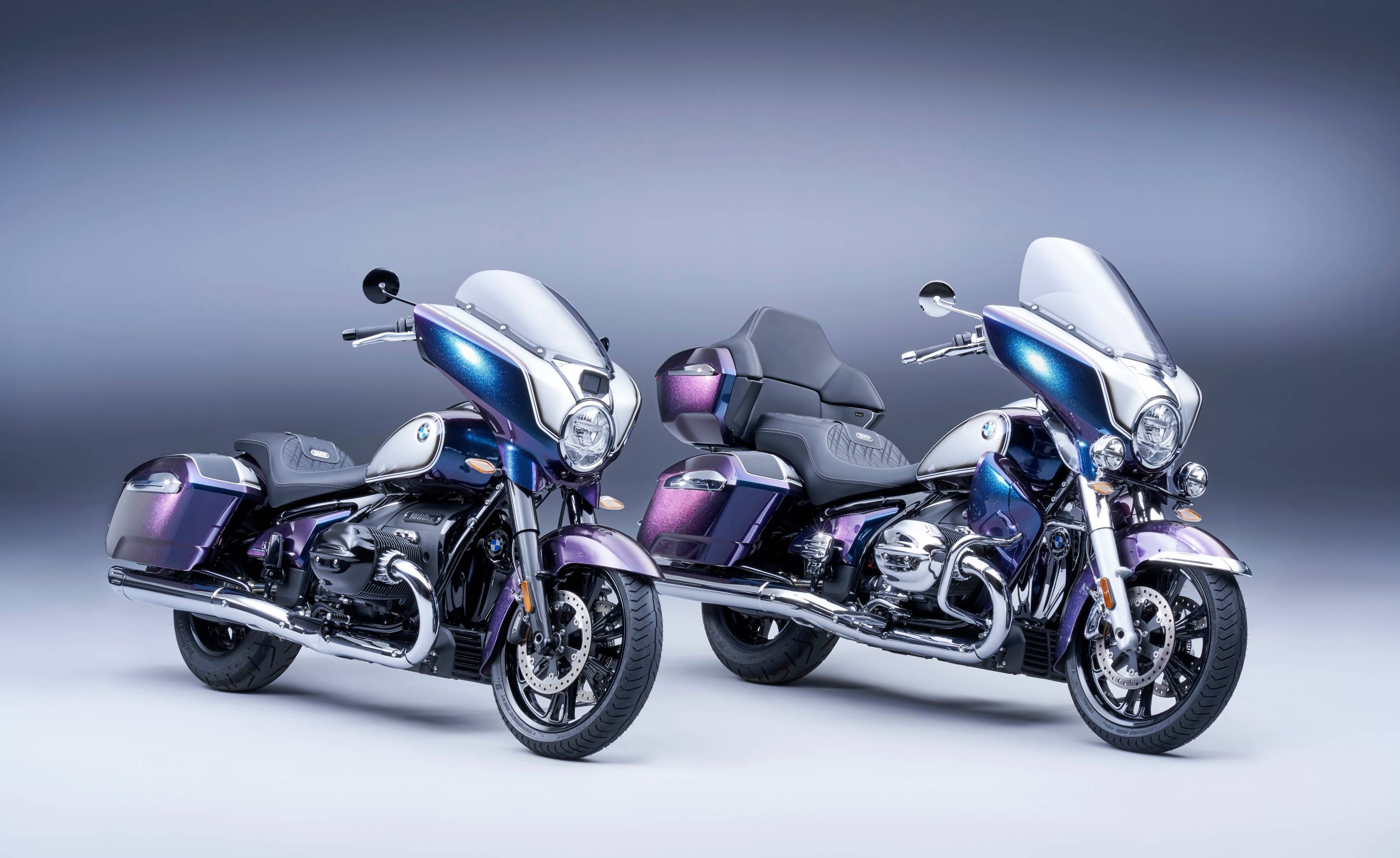 BMW Motorrad brings out the big guns for its newest cruisers
BMW Motorrad brings out the big guns for its newest cruisersBMW Motorrad R 18 Bagger and Transcontinental set the tone for high-voltage cruising with a brand collaboration with speaker specialist Marshall
-
 Dacia’s new Manifesto concept is a true outdoor utility vehicle
Dacia’s new Manifesto concept is a true outdoor utility vehicleUtilitarian auto brand Dacia sets a bold new agenda with its Manifesto, a concept car pitched at the active outdoor market
-
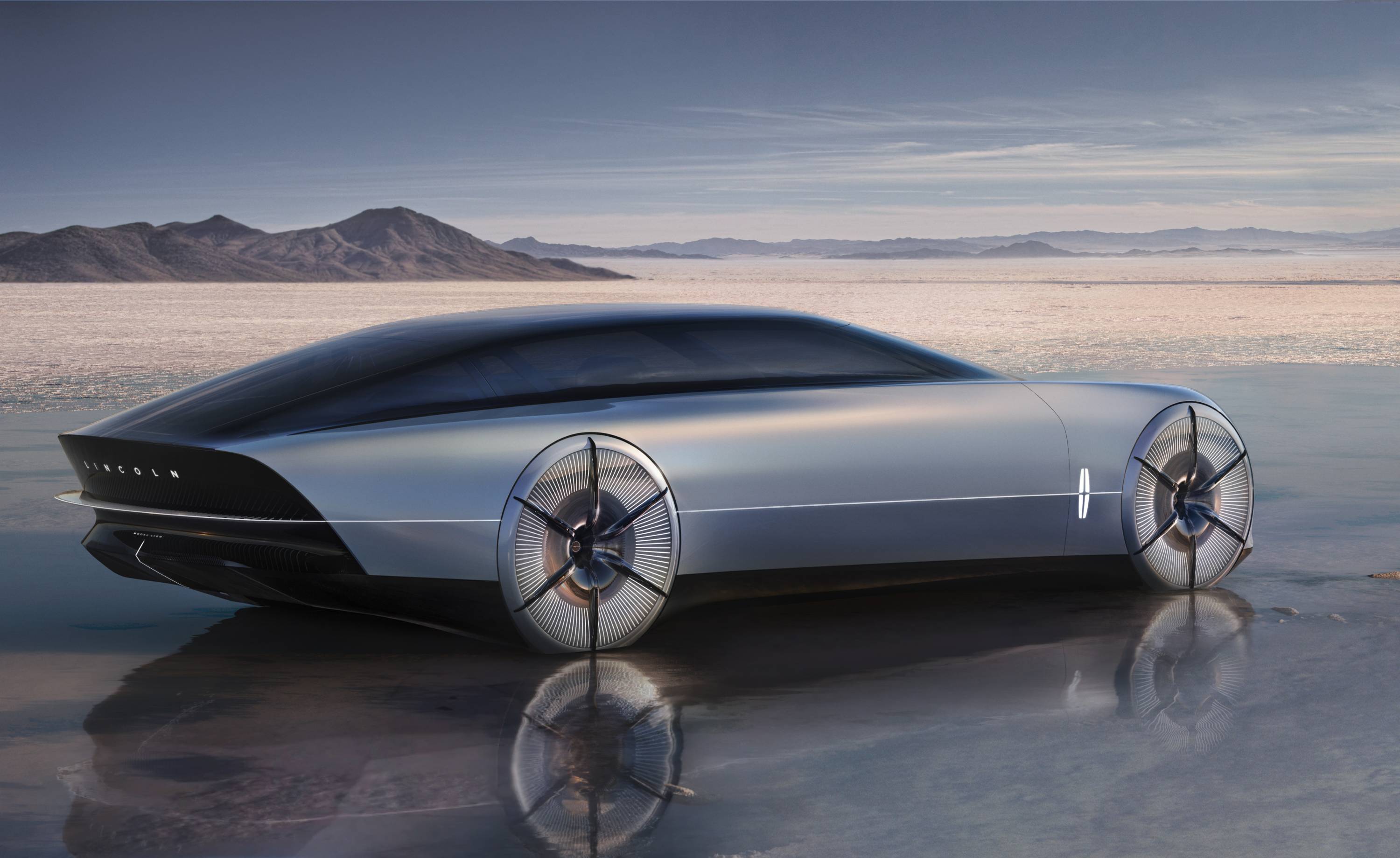 The sun sets on traditional supercars at California’s Monterey Car Week
The sun sets on traditional supercars at California’s Monterey Car WeekMonterey Car Week, the world’s most prestigious car gathering, is showcasing ever-more extravagant special editions, coachbuilt cars and all-new electric concepts. Here are seven key machines from 2022
-
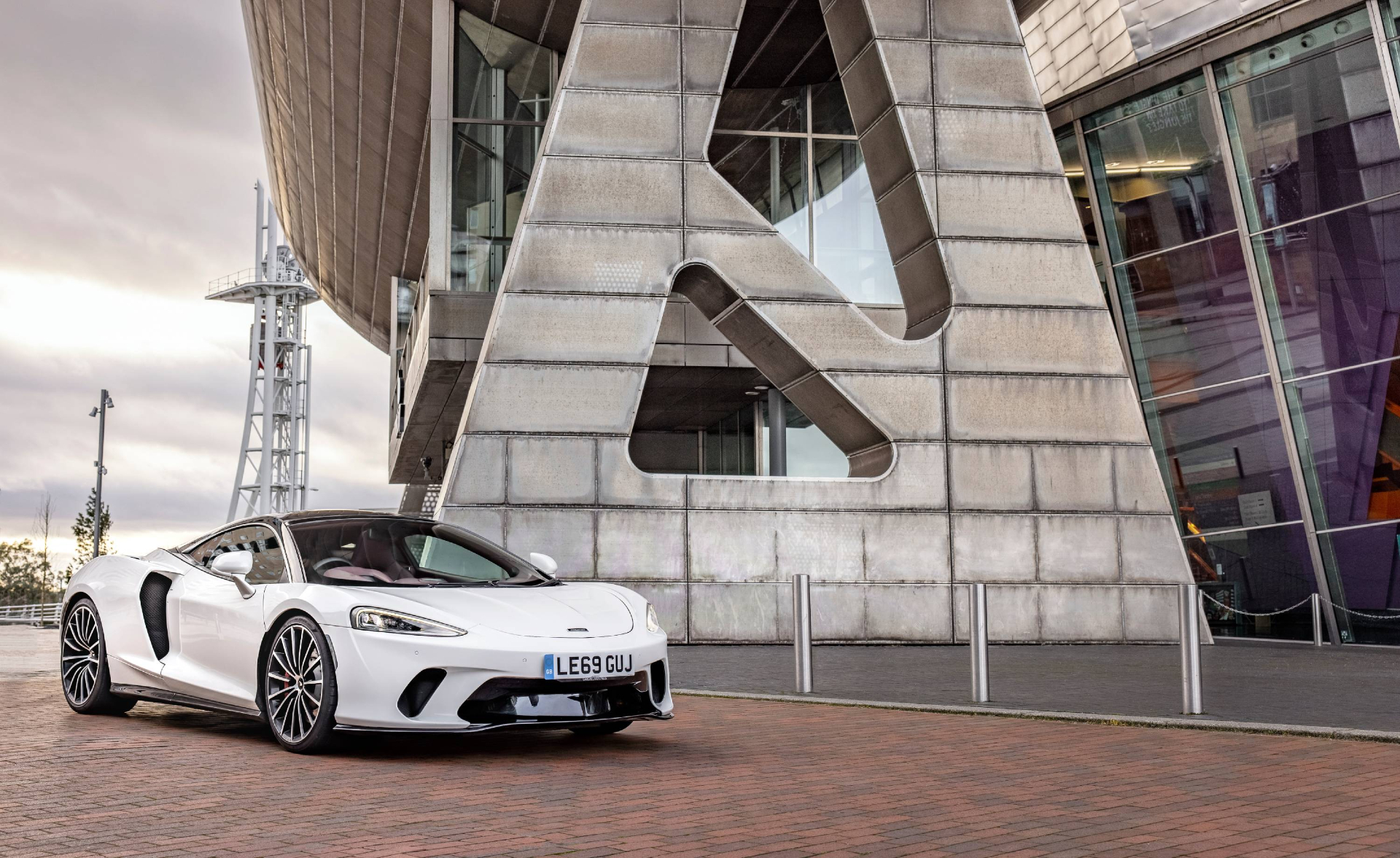 Is McLaren’s GT a sports car, a tourer, or the best of both?
Is McLaren’s GT a sports car, a tourer, or the best of both?The McLaren GT is a capable all-rounder dressed up in svelte supercar clothes. It might also be the last of its type
-
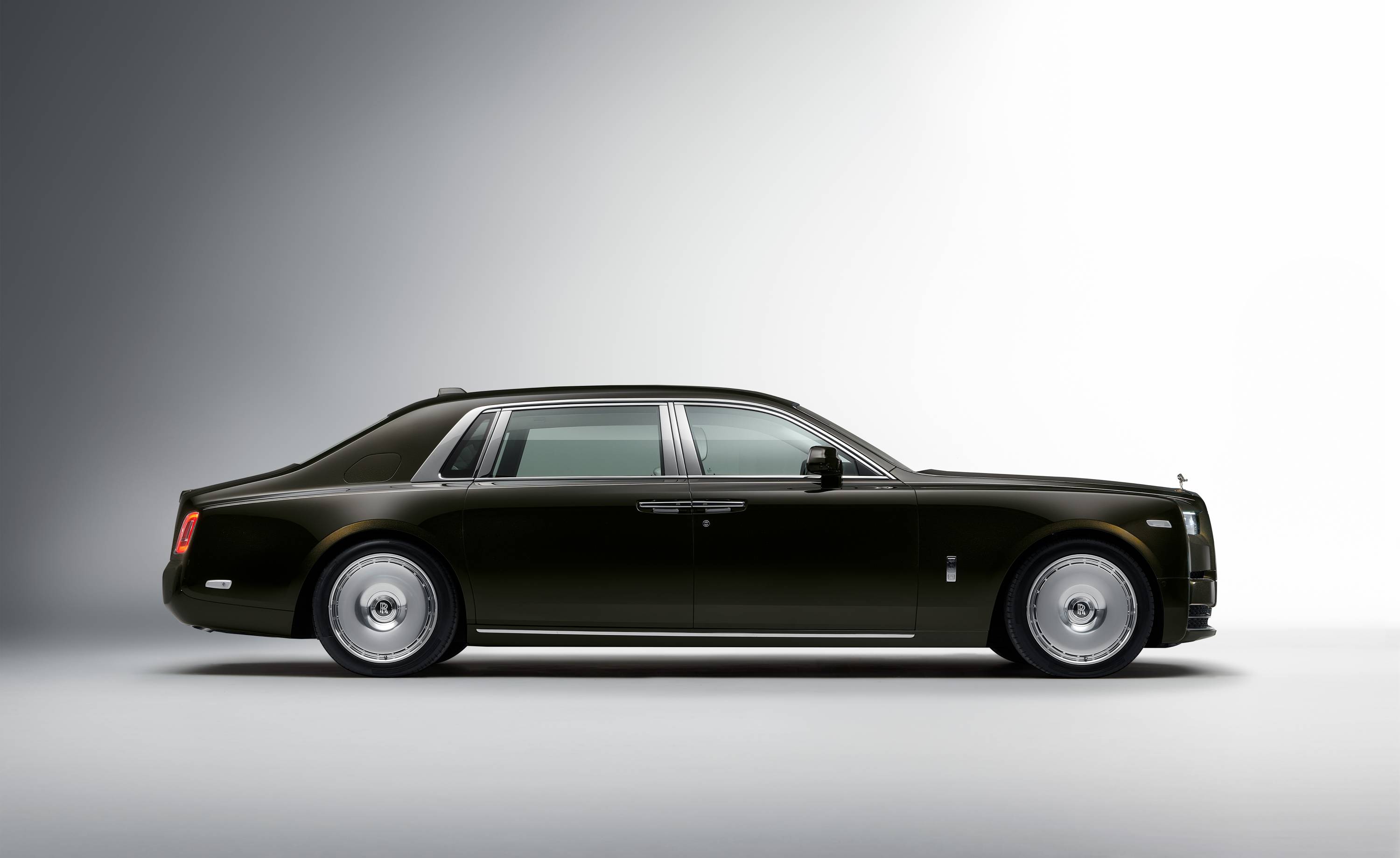 Rolls-Royce puts the Phantom back on its lofty pedestal
Rolls-Royce puts the Phantom back on its lofty pedestalA mid-life refresh ensures the flagship Rolls-Royce Phantom Series II is at the top of its game, a last hurrah for traditional engines before an electrified future
-
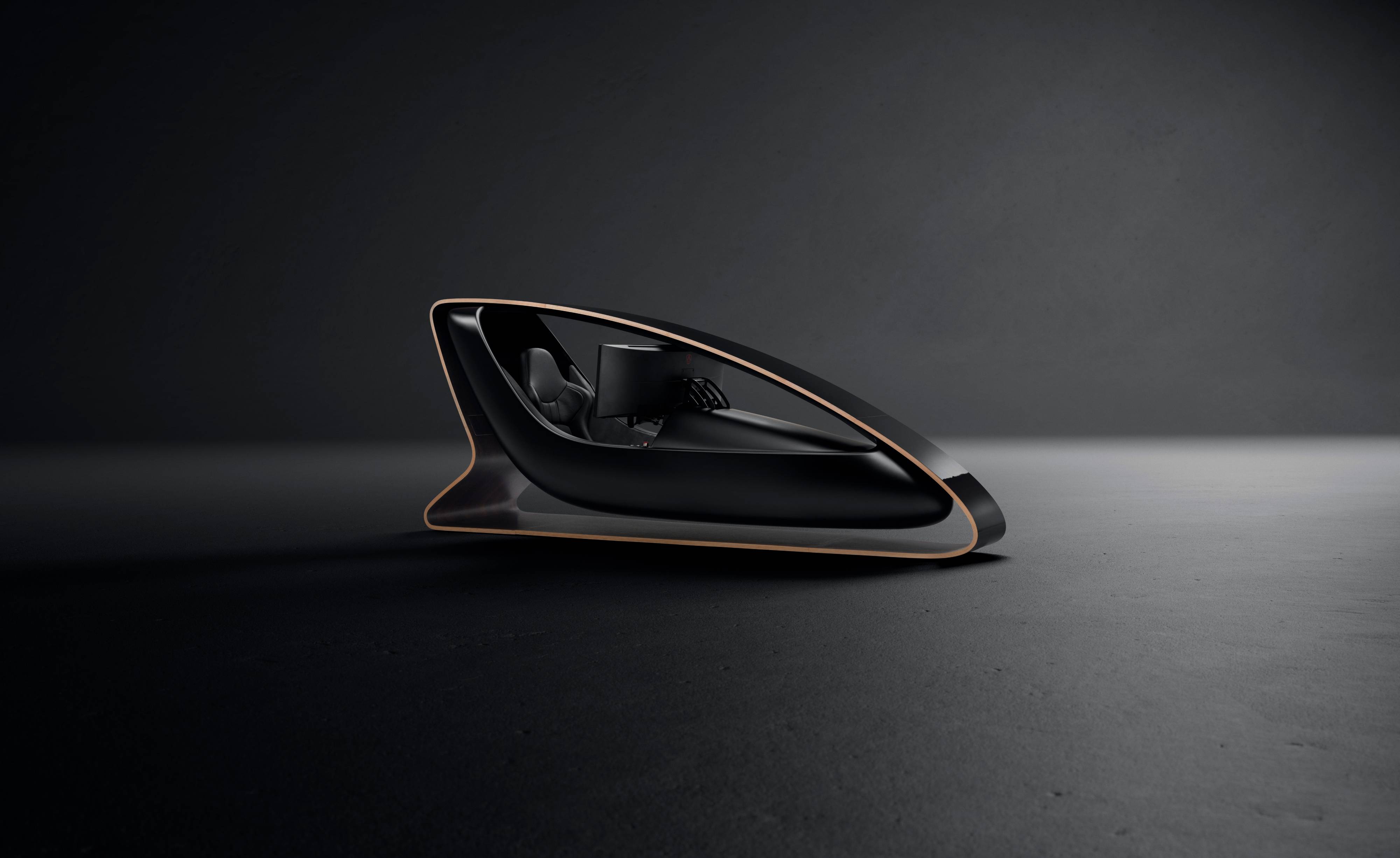 Prodrive’s new racing simulator is shaped by Callum to be front of the grid
Prodrive’s new racing simulator is shaped by Callum to be front of the gridThe racing simulator shapes up – this new design from Prodrive and Callum is honed for the high-end games room
-
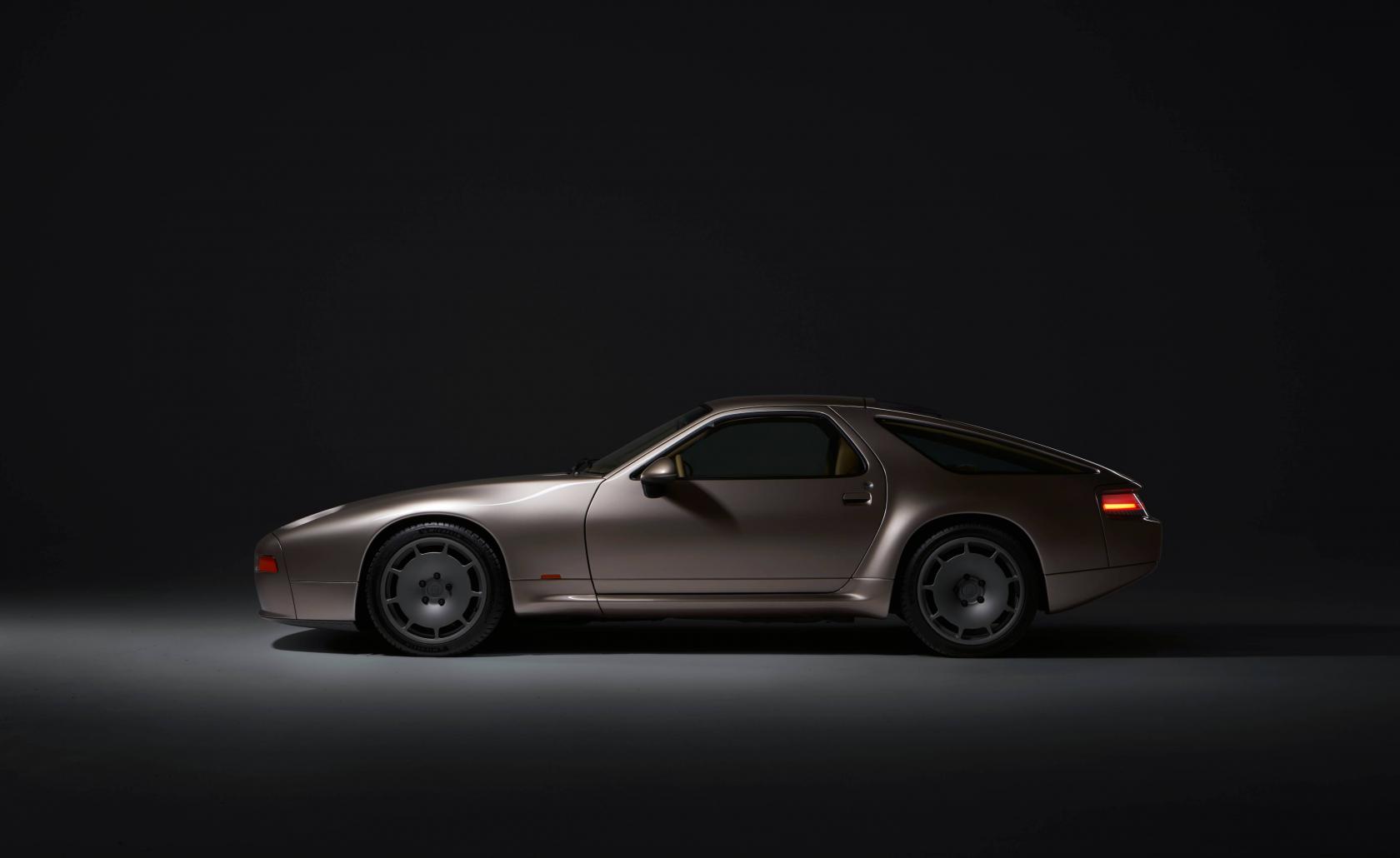 928 by Nardone Automotive: a restomod Porsche with Gallic verve and Italian style
928 by Nardone Automotive: a restomod Porsche with Gallic verve and Italian style928 by Nardone Automotive is a gracefully modernised version of Porsche’s endearingly different 928